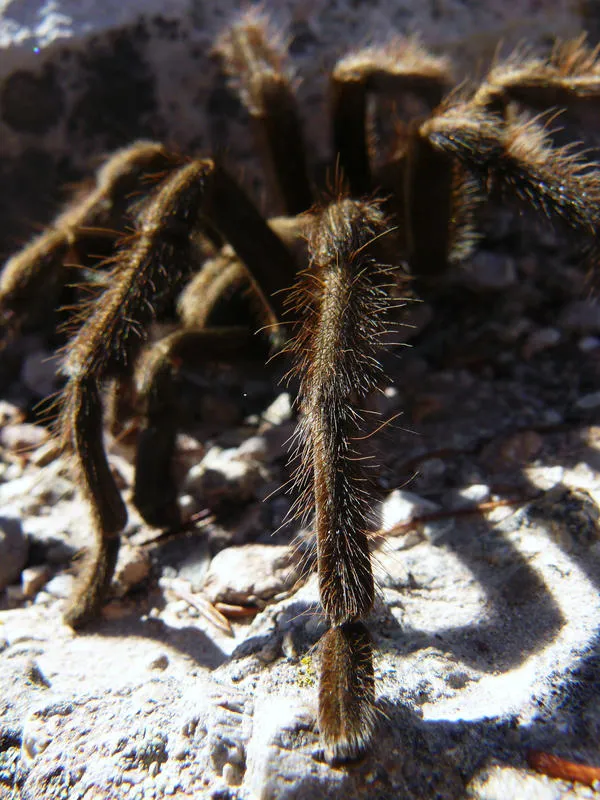California Tarantula Facts You Need to Know
The California tarantula, a captivating arachnid, often sparks curiosity and sometimes, a touch of apprehension. These impressive spiders, belonging to the Theraphosidae family, are native to the Golden State, and their presence adds to the rich biodiversity of California’s landscapes. Understanding these creatures goes beyond the initial fear factor, revealing fascinating aspects of their lives, behaviors, and ecological roles. This guide unveils the top 5 essential facts, offering insights into their physical attributes, habitats, lifestyles, and interactions with both humans and the environment. Prepare to delve into the world of the California tarantula and discover why these spiders are truly remarkable.
Appearance and Identification
Identifying a California tarantula begins with understanding its distinct physical characteristics. These spiders are quite large, with females typically boasting a leg span that can reach up to 6 inches, and occasionally even more. Males are usually smaller, though still substantial. The body is divided into two main parts: the cephalothorax (fused head and thorax) and the abdomen. Both are covered in dense, often velvety, hairs, which give them a fuzzy appearance. These hairs serve several purposes, including sensory perception and, in some cases, defense. Recognizing these traits is crucial for accurate identification in the field.
Size and Physical Features

Size is one of the most noticeable features of the California tarantula. As mentioned, the leg span is a key indicator, with females being the larger sex. The body itself is robust, built for both strength and survival. The eight legs are thick and strong, enabling them to navigate various terrains, from rocky hillsides to sandy washes. They also possess pedipalps, small leg-like appendages near the mouth, used for sensing prey and mating. Their fangs, though intimidating, are primarily used for injecting venom into their prey, rather than posing a significant threat to humans.
Coloration and Markings
Coloration in California tarantulas varies, but they generally exhibit shades of brown, ranging from light tan to dark chocolate. This camouflage is essential for blending into their environment, whether it’s the dry grasslands, oak woodlands, or chaparral of California. Some individuals may display subtle patterns or markings on their abdomens or legs, adding to their unique appearance. The hairs that cover their bodies can also influence their perceived color, creating a soft, textured effect that further aids in their camouflage, helping them to avoid predators and ambush prey effectively. They usually exhibit a velvet-like appearance.
Habitat and Distribution
The California tarantula calls various regions of California home, inhabiting diverse ecosystems across the state. From the southern deserts to the northern coastal areas, their adaptability allows them to thrive in various conditions. Understanding their habitat preferences and geographic distribution is key to appreciating their role in the ecosystem and recognizing the areas where they are most likely to be encountered. Their presence indicates a healthy environment, as they are sensitive to major environmental changes.
Geographic Range
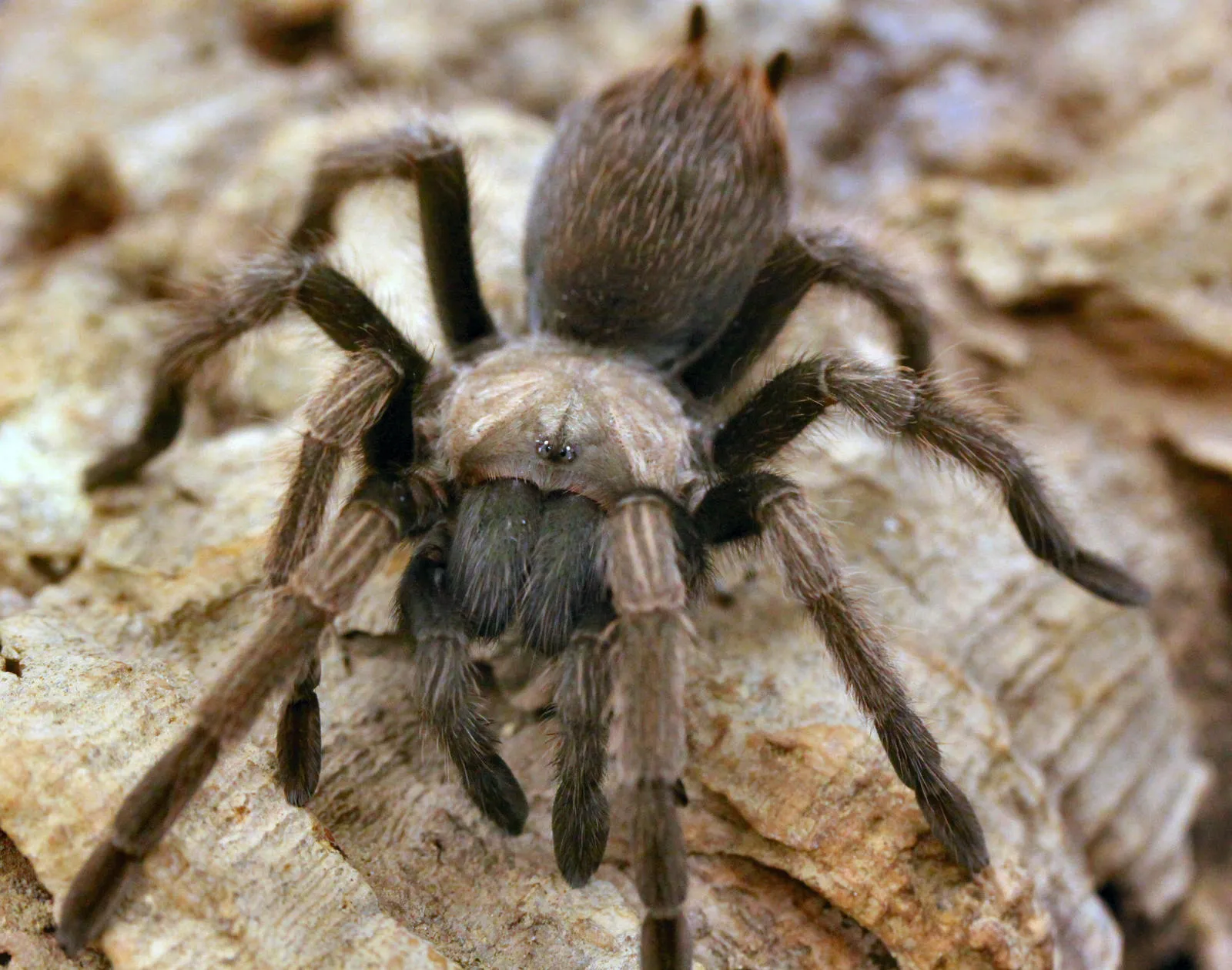
The geographic range of the California tarantula encompasses a wide area within the state. They can be found in many counties, with higher concentrations in regions that offer suitable habitat. Generally, they are most prevalent in the southern and central parts of California, extending up into certain areas of Northern California. This broad distribution highlights their ability to adapt to varying climates and environmental conditions within California’s diverse landscape. They prefer the areas with less human intervention, and can often be found in the hills.
Preferred Habitats
California tarantulas favor habitats that provide shelter, access to prey, and suitable conditions for burrowing. They are commonly found in grasslands, chaparral, oak woodlands, and even some suburban areas where these environments persist. Their preferred habitats often include well-drained soil, which is crucial for constructing their burrows. The presence of small mammals, insects, and other invertebrates is also essential, as these serve as their primary food sources. They tend to avoid densely populated human areas, but can sometimes be found in gardens and parks.
Behavior and Lifestyle
The behavior and lifestyle of the California tarantula are fascinating, providing insight into their survival strategies and ecological roles. Their daily activities, hunting techniques, and interactions with their environment are all integral to their survival. Studying their behavior is important for appreciating the complexity and interconnectedness of their ecosystem. This section reveals the secrets of their daily lives.
Burrowing and Shelter
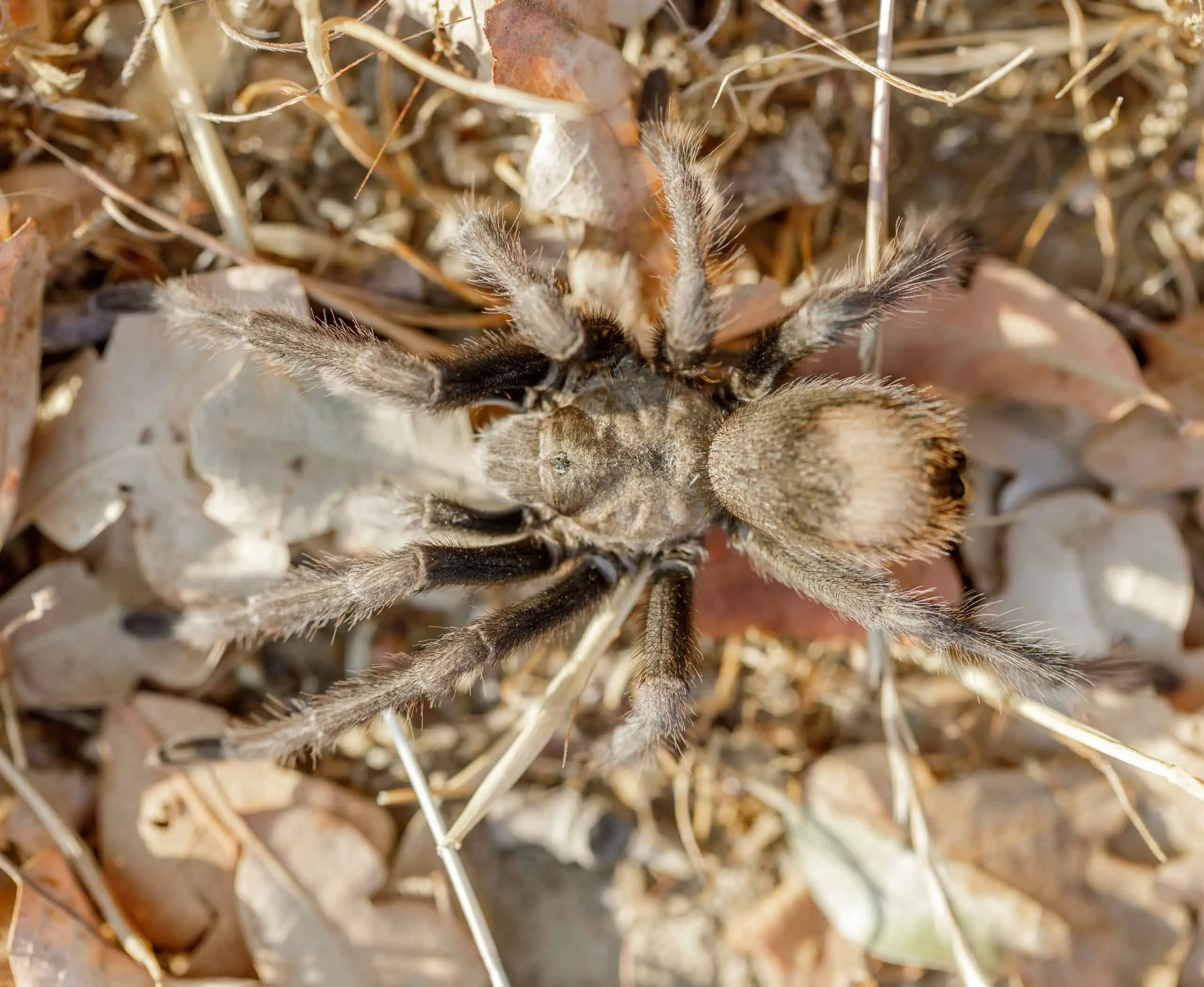
California tarantulas are primarily nocturnal, spending most of the day in burrows. These burrows are crucial for protection from predators, extreme temperatures, and desiccation. They dig these burrows in the ground, often lining them with silk to stabilize the walls. The depth and design of the burrow can vary depending on the soil type and environmental conditions. During the mating season, males will leave their burrows to seek out females, making them more visible and vulnerable. Some burrows are quite elaborate, extending several inches underground, providing a safe haven for these spiders.
Hunting and Diet
As skilled predators, California tarantulas primarily feed on insects and other invertebrates, though they may also consume small vertebrates like lizards or mice. They are ambush predators, waiting patiently near the entrance of their burrows or in concealed locations. When prey comes close, they quickly seize it, injecting venom to immobilize and begin the digestive process. The venom liquefies the prey’s insides, allowing the tarantula to suck up the nutrients. Their diet is a crucial part of the ecosystem, controlling insect populations and contributing to the food chain. They are opportunistic hunters, and their diet will depend on what is available.
Reproduction and Life Cycle
The reproductive cycle of the California tarantula is a captivating process, marked by elaborate mating rituals and the emergence of spiderlings. Understanding the intricacies of their life cycle, from mating to the growth of offspring, is crucial to appreciating their species. This section delves into the fascinating aspects of their reproduction and development.
Mating Rituals
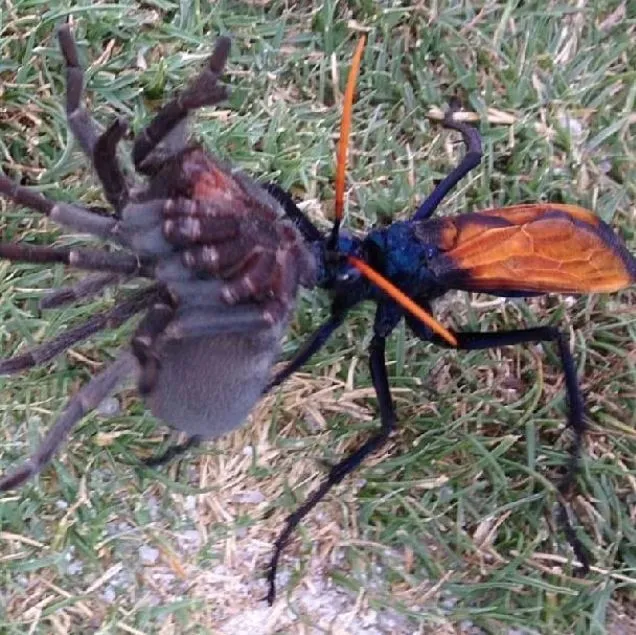
Mating season for California tarantulas typically occurs in the fall, when adult males leave their burrows in search of females. The males embark on a perilous journey, often traveling long distances to find a mate. They use a combination of pheromones and vibrations to locate receptive females. The male approaches the female cautiously, engaging in a courtship ritual that involves drumming his pedipalps and legs to signal his intentions. If the female accepts him, they mate, and the male may then become a meal for the female if he does not escape. The mating process is a critical part of their life cycle, ensuring the continuation of the species.
Egg Sacs and Spiderlings
After mating, the female California tarantula produces an egg sac, which she guards carefully. The egg sac contains hundreds of eggs, which she protects until they hatch. The spiderlings emerge, resembling miniature versions of the adults. They go through several molts, growing larger with each one. The young spiders remain with their mother for a short time before dispersing to establish their own burrows. The female shows a high level of maternal care in protecting her eggs and spiderlings, which is critical for the survival of their offspring.
Interactions with Humans
Interactions between California tarantulas and humans are relatively infrequent, but understanding the potential for encounters and the proper course of action is crucial. While these spiders are generally not aggressive, certain situations may lead to interactions. This section provides essential information on how to approach encounters safely and minimize risks.
Venom and Bites
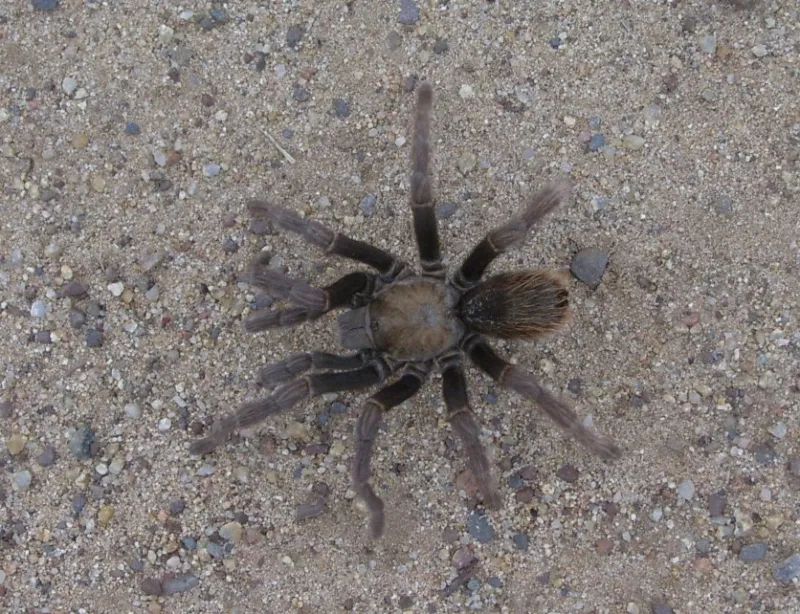
California tarantulas possess venom, but their bites are rarely dangerous to humans. The venom is primarily designed to subdue their prey, not to harm humans. A bite from a California tarantula can be painful, often causing localized pain, redness, and swelling, similar to a bee sting. However, serious complications are rare. If bitten, it is essential to clean the wound and monitor for any signs of infection. It’s best to avoid provoking these spiders, as bites are usually a defensive response. If you have any concerns, it is advisable to consult a doctor.
Conservation Status
The California tarantula is not currently listed as endangered or threatened, but they still face various challenges. Habitat loss due to urbanization and agricultural development poses a significant threat to their survival. Maintaining and conserving their natural habitats is crucial for protecting their populations. While they are resilient, climate change and environmental degradation could also impact their long-term survival. Public awareness and conservation efforts play a vital role in ensuring the continued presence of these fascinating arachnids in California’s diverse landscapes.
In conclusion, the California tarantula is a captivating creature with an important role in its ecosystem. By understanding their appearance, habitat, behavior, and interactions with humans, we can appreciate their significance. These remarkable spiders are a testament to the diversity of California’s wildlife. Continued conservation efforts are essential to ensure their presence for generations to come, allowing us to continue to learn from and admire these amazing creatures.
